Alex Katz
-
→ "Alex Katz: Gathering" (2022): A career-spanning retrospective.
→ "Alex Katz" by Carter Ratcliff (2020): A monograph with 300+ images.
→ "Alex Katz: Beauty" (2021): Focuses on Katz's black-and-white portrait series.
-
→ "Seasons" at MoMA, New York (2024)
→ "Spring" at Timothy Taylor, London (2024)
→ "Claire, Grass and Water" at Fondazione Giorgio Cini, Venice (2024)
→ "Autumn" at GRAY, Chicago (2023)
-
-
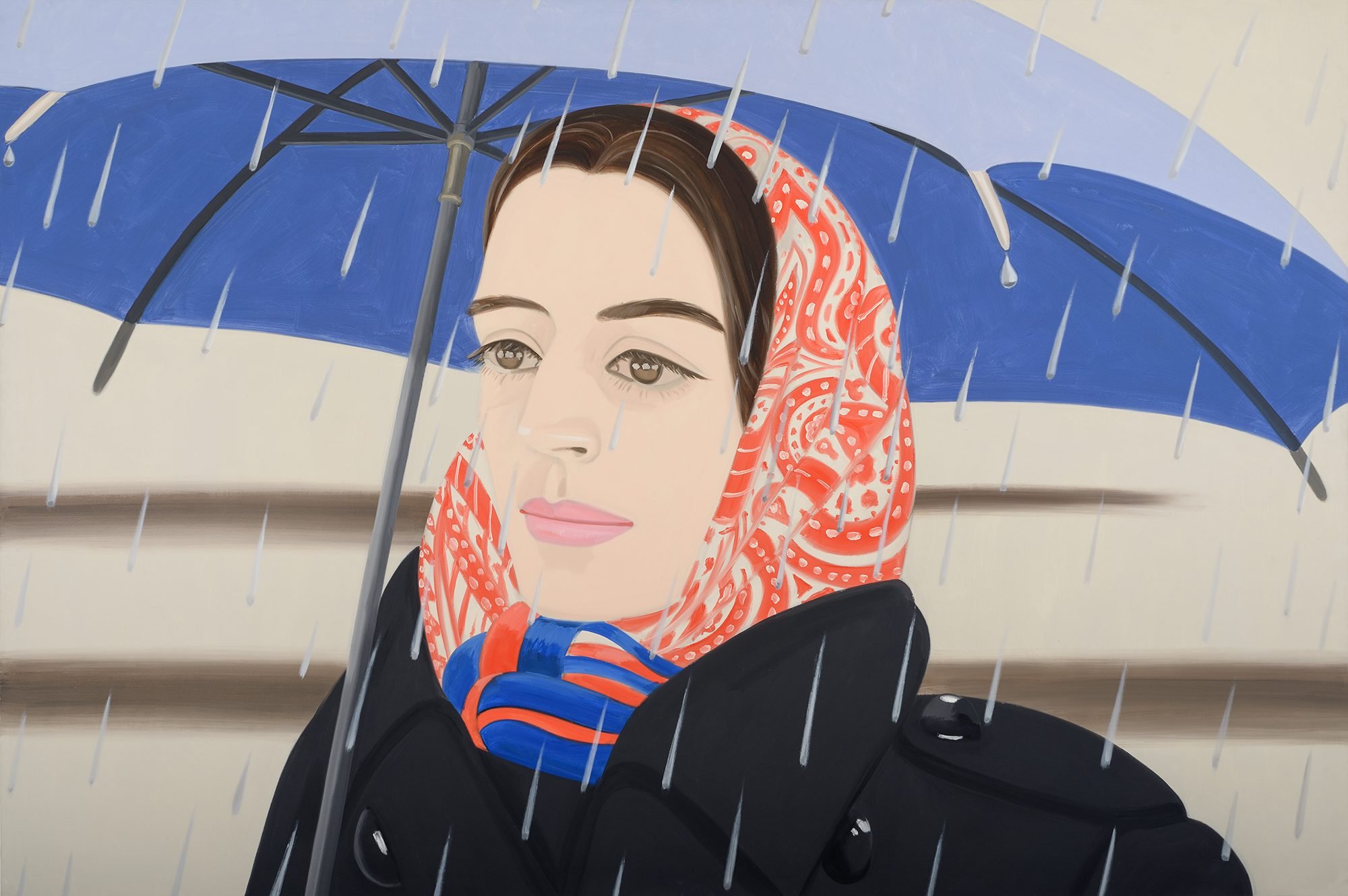
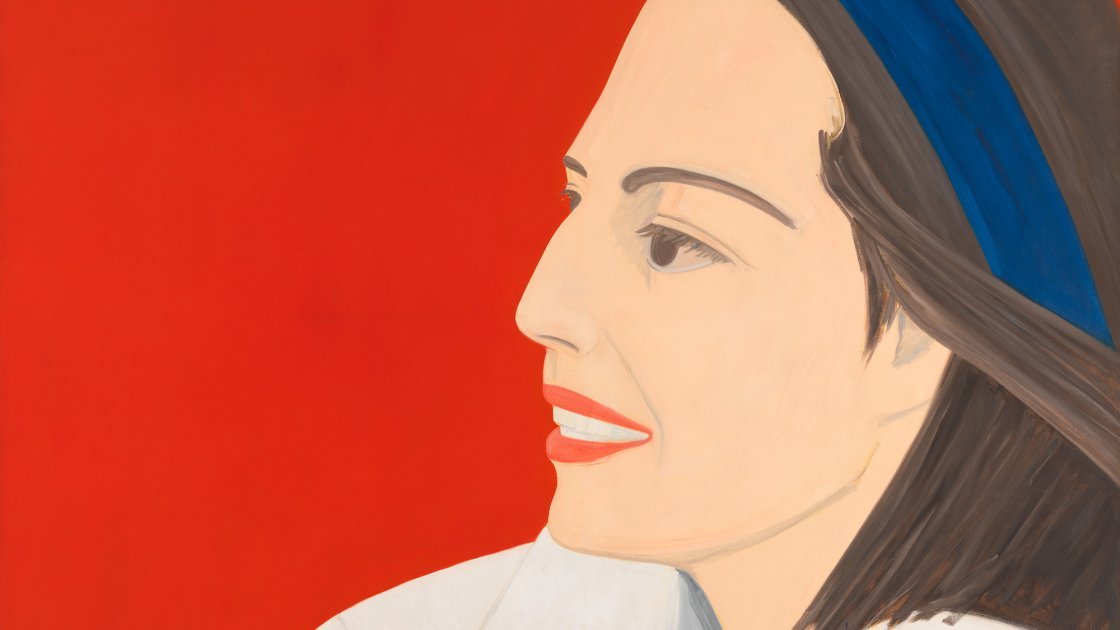
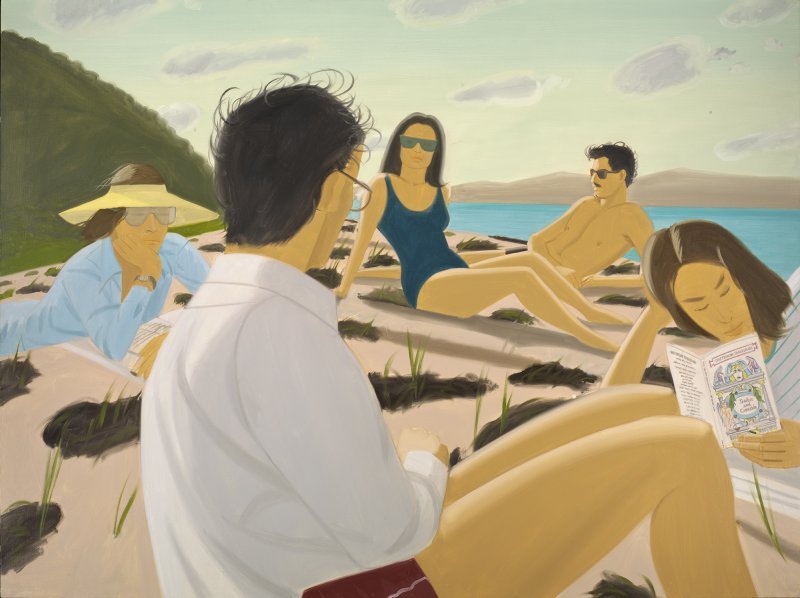
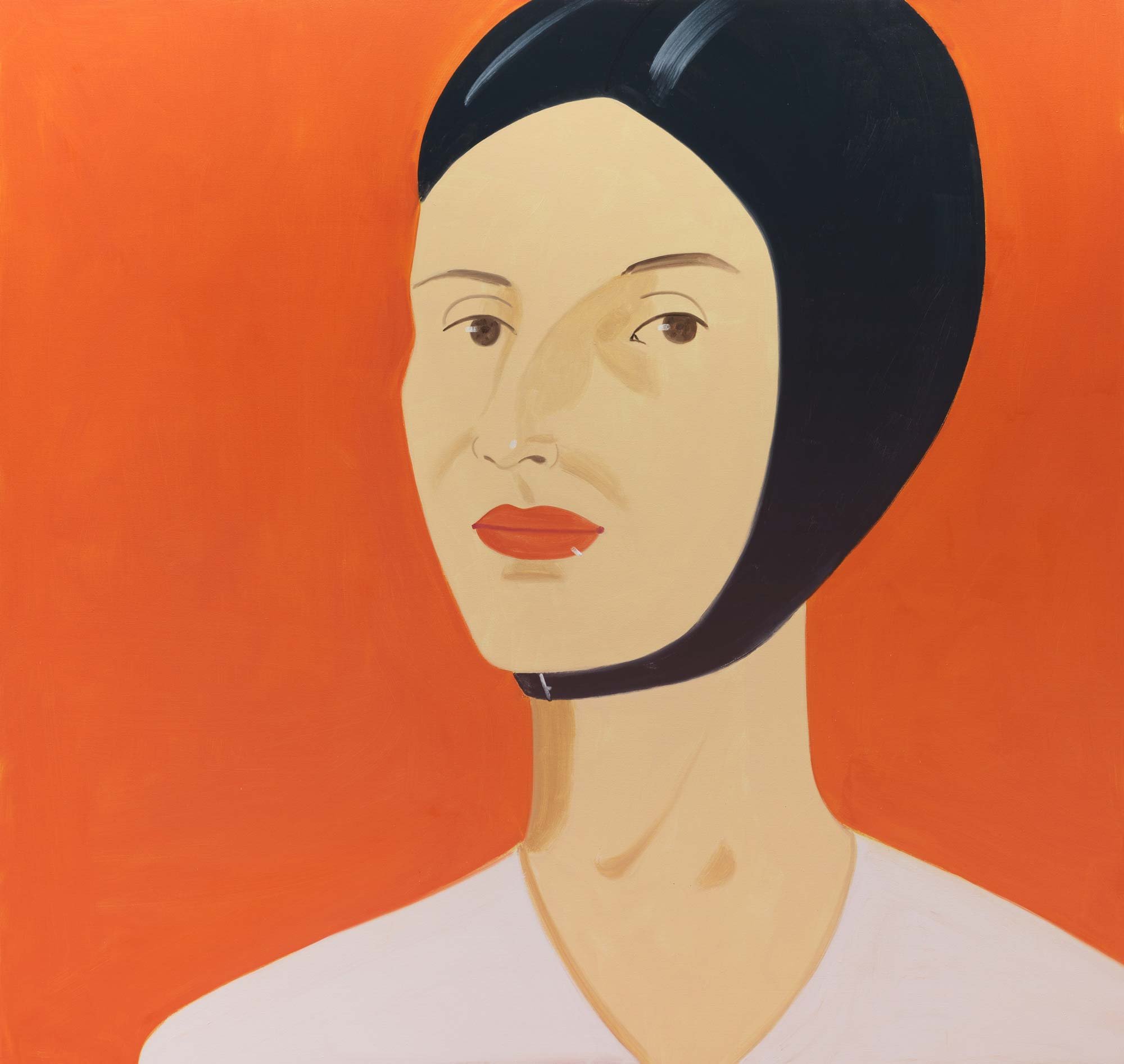
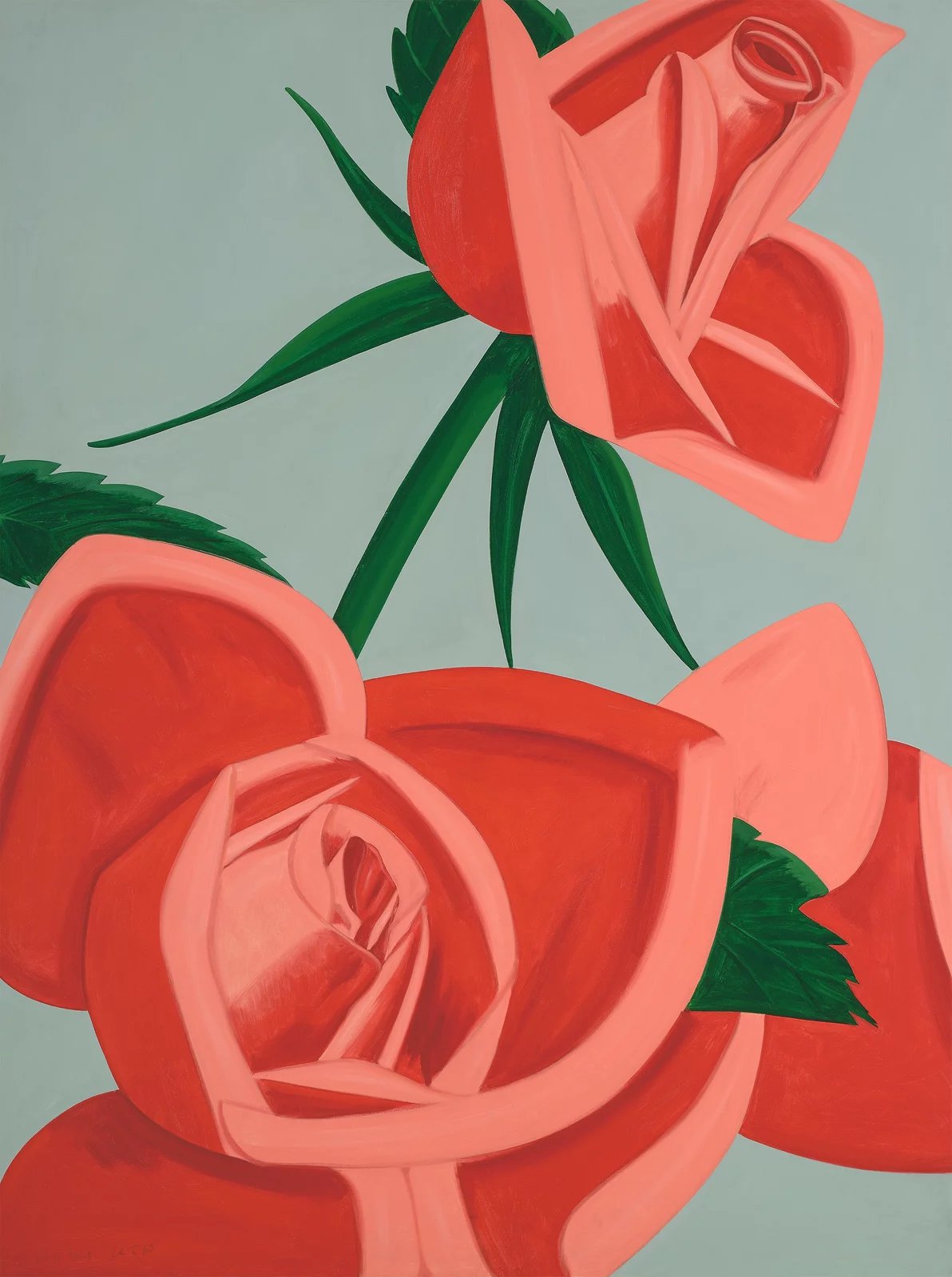

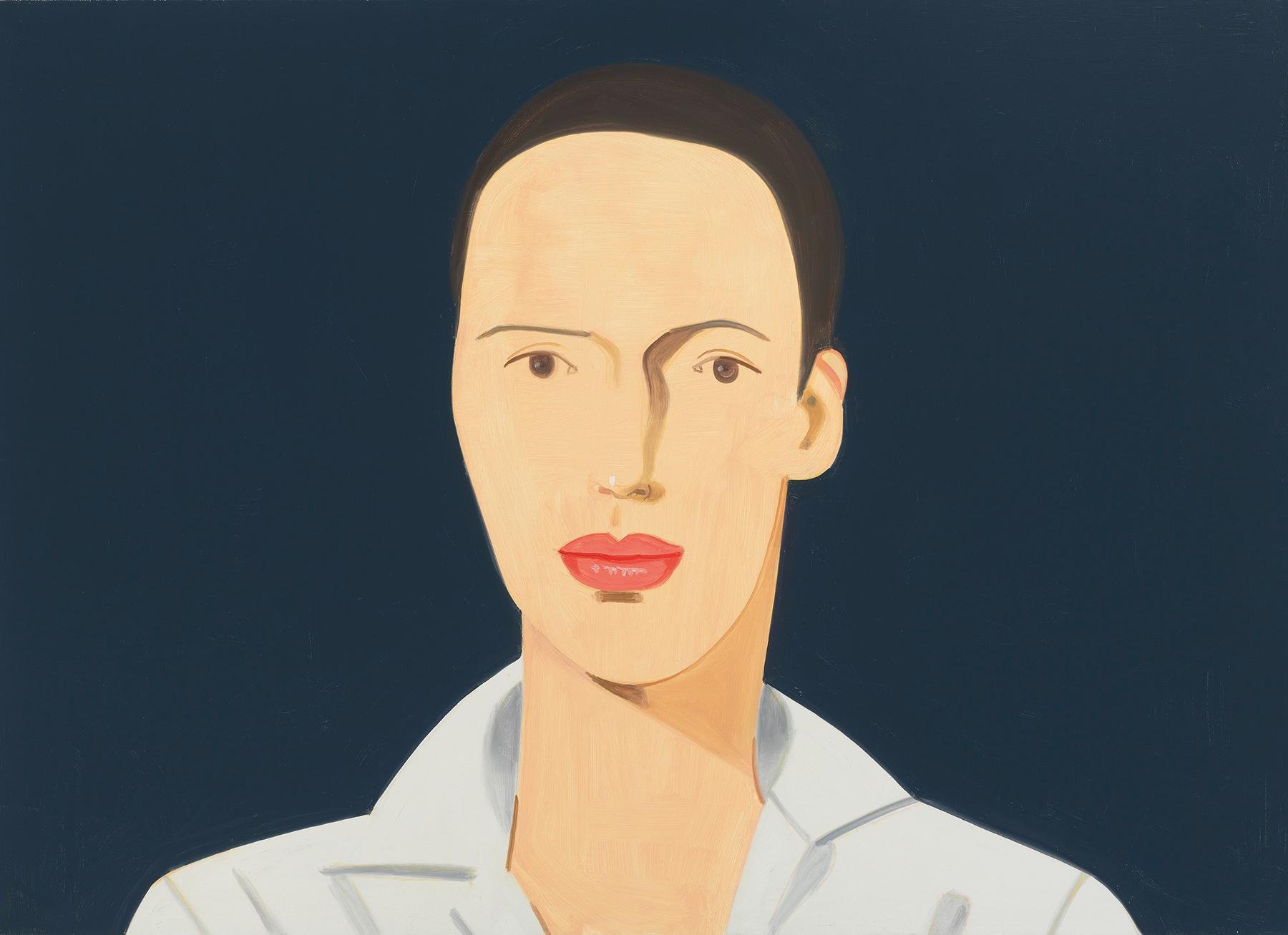
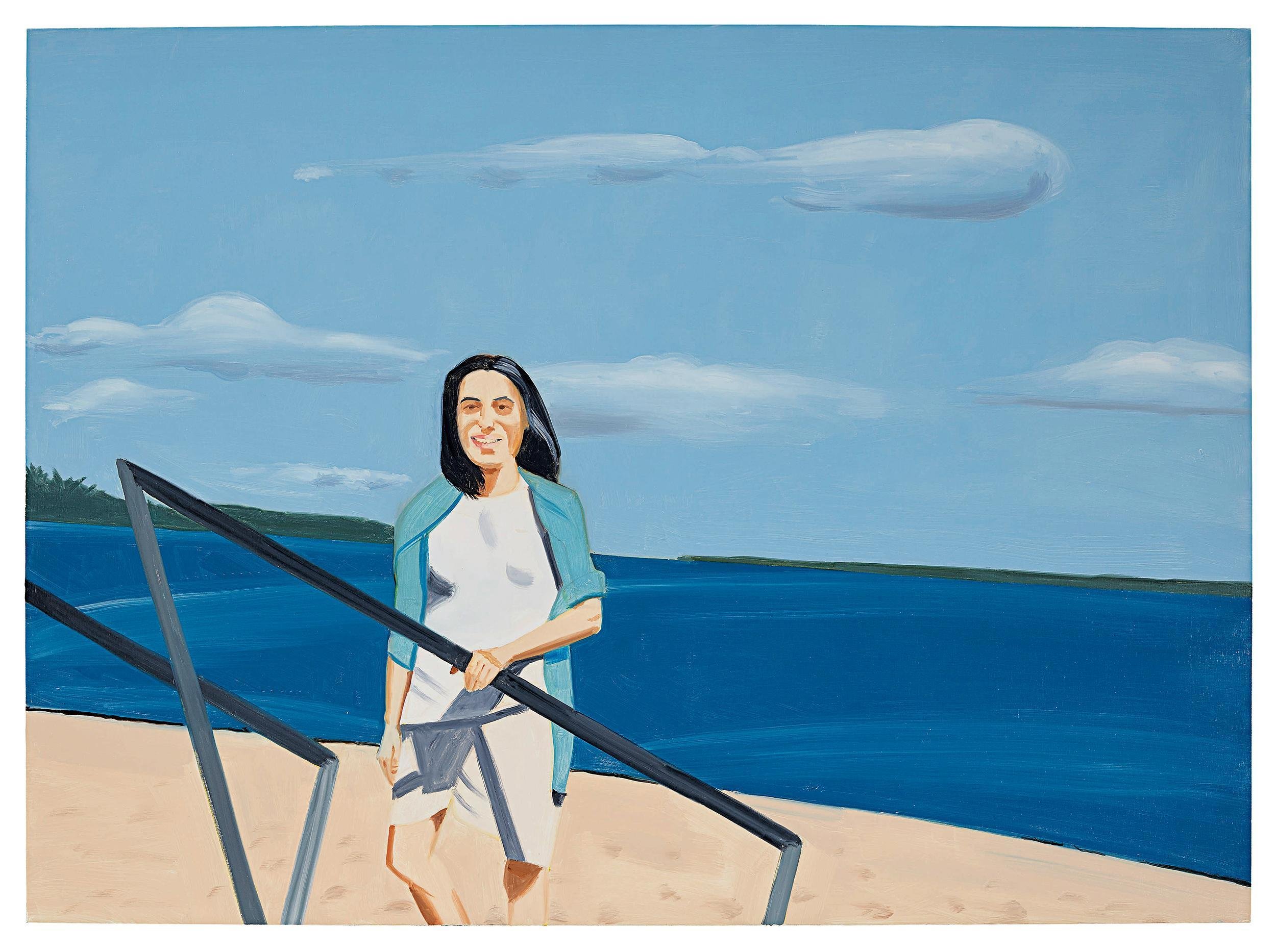
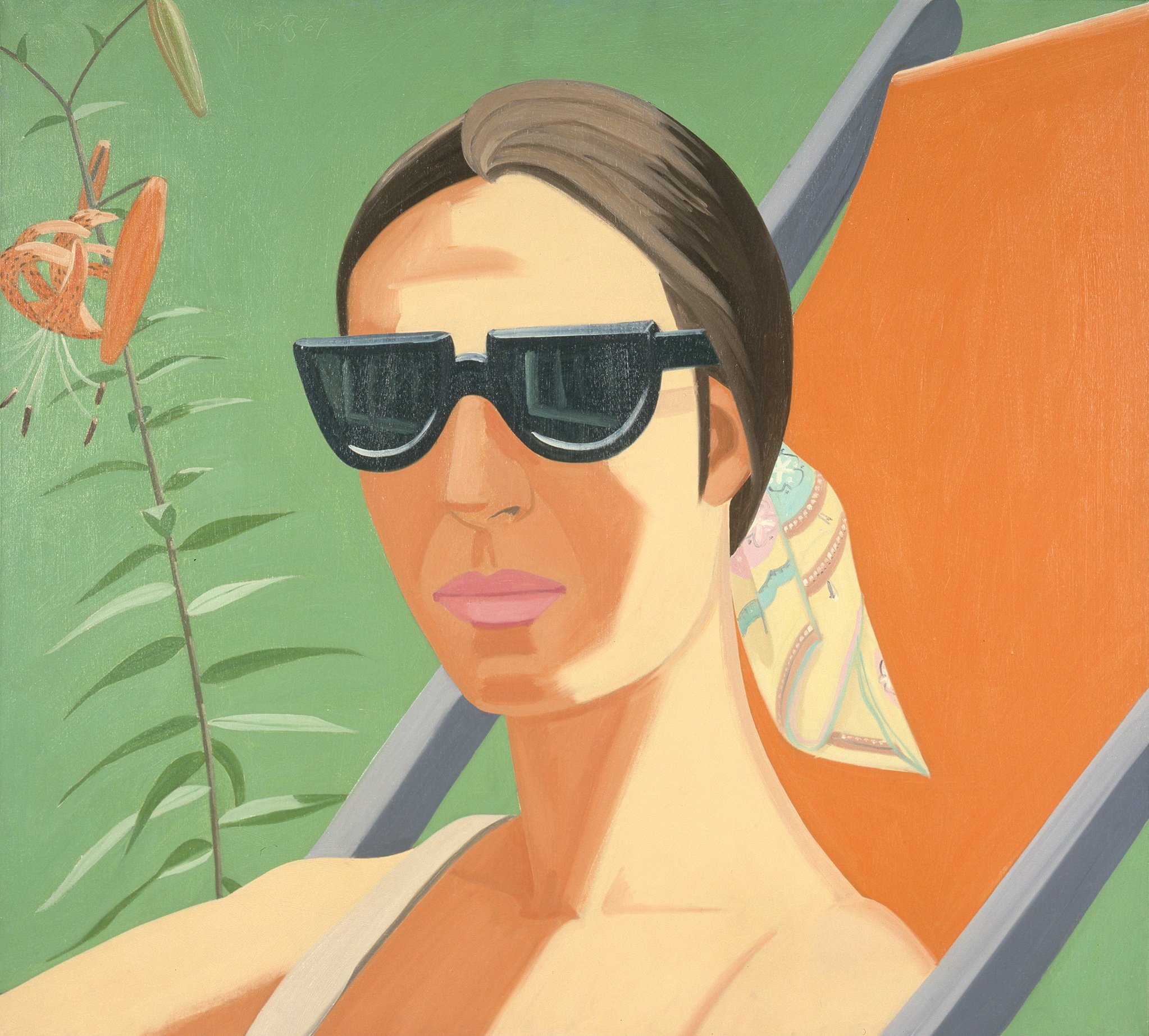
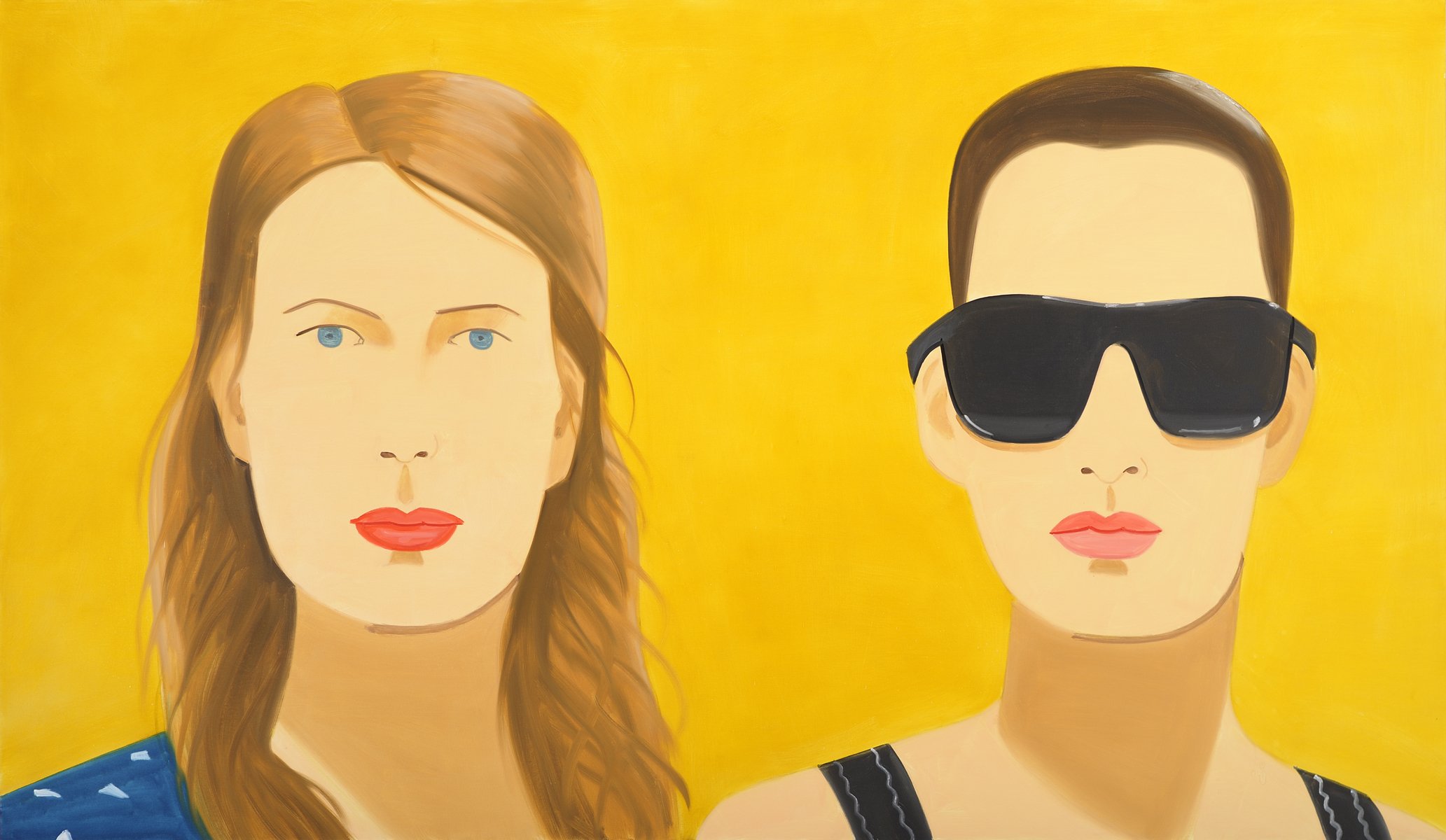
Alex Katz is an American figurative artist best known for his large-scale portraits and landscapes, characterized by their flatness, bright colors, and minimal details. Born on July 24, 1927, in Brooklyn, New York, Katz grew up in Queens. His parents, Russian-Jewish immigrants, fostered his interest in art early on. Katz attended Woodrow Wilson High School, where he was first introduced to formal art education. Later, he studied at the Cooper Union in New York, one of the most prestigious art schools in the United States, from 1946 to 1949. Afterward, he trained at the Skowhegan School of Painting and Sculpture in Maine, an experience he later credited with inspiring his interest in working directly from life and in plein air painting. In the 1950s, Katz began developing his distinctive style, departing from the abstract expressionism popular in New York at the time. He focused on simplicity, flat forms, and vibrant colors, drawing inspiration from advertising, billboards, and cinema, as well as the sleek elegance of high fashion. Katz’s approach to portraiture emphasizes the surface and silhouette of his subjects rather than detailed emotional depth, capturing moments and moods with a detached yet intimate gaze. His works often depict family members, friends, fellow artists, and especially his wife, Ada, who became a frequent muse. By the 1960s, Katz had achieved some recognition, partly through exhibitions and partly through his association with poets and writers, many of whom he painted. This period also saw him create collages, a technique he used to experiment with space, perspective, and flatness. His "cutouts"—life-size painted figures on freestanding boards—are a notable part of his experimentation with three-dimensionality while retaining the essence of his flat style. The 1970s and 1980s marked Katz's move into larger formats, with mural-sized portraits and landscapes that brought him greater public recognition. His work during this period also showed his increasing interest in exploring the natural world, specifically in Maine, where he spent his summers. Maine’s landscape became a recurring theme in his works, often portrayed in various seasons and light conditions. These pieces highlight Katz's skill in conveying atmosphere through simplicity and directness. Katz has been influential in the art world, bridging the gap between figuration and abstraction. His work has been associated with Pop Art due to its graphic quality, though Katz has always maintained a unique and personal approach, prioritizing aesthetic purity and the representation of the familiar. Throughout his career, he has also been involved in various collaborations with poets and has created sets and costumes for dance productions, notably with choreographer Paul Taylor. Over the years, Katz's work has been exhibited widely, with solo exhibitions in major institutions like the Whitney Museum of American Art, the Museum of Modern Art in New York, and the Tate Modern in London. Today, Alex Katz is regarded as one of the most enduring and influential American painters of his generation. His style, marked by crisp lines, flat color fields, and an often understated emotional resonance, continues to inspire new generations of artists.

